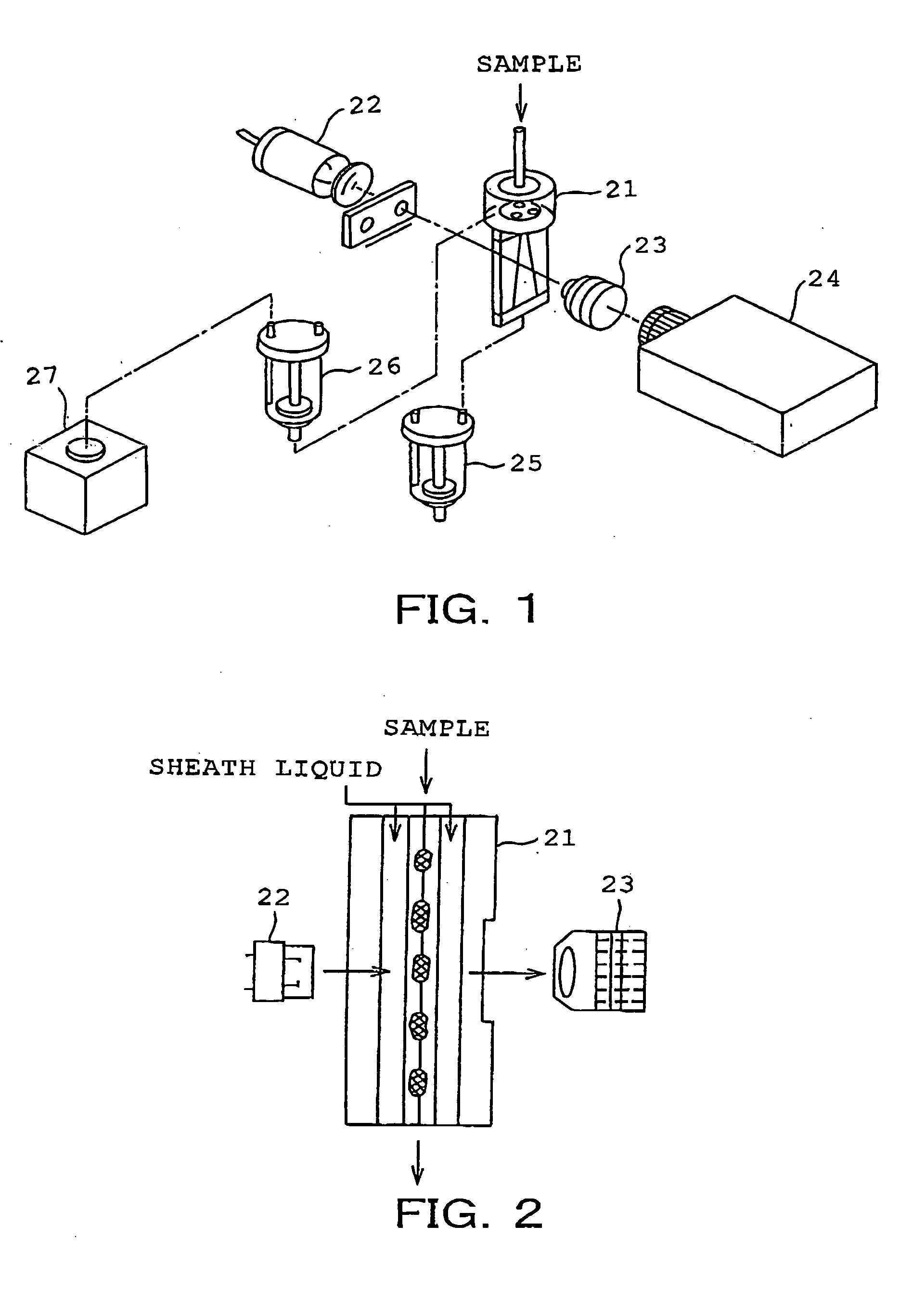One-component magnetic toner for developing an electrostatic charge image, process cartridge, and method for recycling the process cartridge
- Summary
- Abstract
- Description
- Claims
- Application Information
AI Technical Summary
Benefits of technology
Problems solved by technology
Method used
Image
Examples
example 1
100 parts of a styrene-butyl acrylate copolymer (the mole ratio between styrene and butyl acrylate=80 / 20, Mn=7,200, Mw=280,000) as a resin binder, 90 parts of magnetic ferric oxide (Fe2O3; average particle diameter=0.25 μm, and maximum permeability=2.0 μH / m), 3 parts of monoazo iron complex (T-77, available from Hodogaya Chemical Co., Ltd.) as a negative charge-controlling agent, 2 parts by Fischer-Tropsch wax (melting point=107° C., Mn=550, and Mw=910), and 2 parts of alcohol wax (Unirin 700, available from Toyo Petrolite Co., Ltd.) were uniformly mixed together in advance. Then, the mixture was molten and kneaded by means of a biaxial extruder heated at 130° C. The kneaded product thus obtained was cooled down and then roughly pulverized with a hammer mill. Then, the roughly pulverized product was finely pulverized with a jet mill, followed by classifying the finely pulverized product by a pneumatic classifier to obtain black toner particles (weight average particle diameter=6.8 ...
examples 2 to 25
One-component magnetic toners 2 to 25 were prepared using the same method as that of Example 1 described above, except that the fine magnetic particles (A) internally added to the toner particles and the fine magnetic particles (B) externally added to the toner particles were replaced with magnetic ferric oxide represented in Table 1. Furthermore, the intensity of magnetization of the magnetic fine particles A used in Example 13 was 69 Am2 / kg under the magnetic field of 79.6 kA / m and that of the magnetic fine particles B was 35 Am2 / kg under the magnetic field of 79.6 kA / m.
PUM
 Login to View More
Login to View More Abstract
Description
Claims
Application Information
 Login to View More
Login to View More - R&D
- Intellectual Property
- Life Sciences
- Materials
- Tech Scout
- Unparalleled Data Quality
- Higher Quality Content
- 60% Fewer Hallucinations
Browse by: Latest US Patents, China's latest patents, Technical Efficacy Thesaurus, Application Domain, Technology Topic, Popular Technical Reports.
© 2025 PatSnap. All rights reserved.Legal|Privacy policy|Modern Slavery Act Transparency Statement|Sitemap|About US| Contact US: help@patsnap.com


